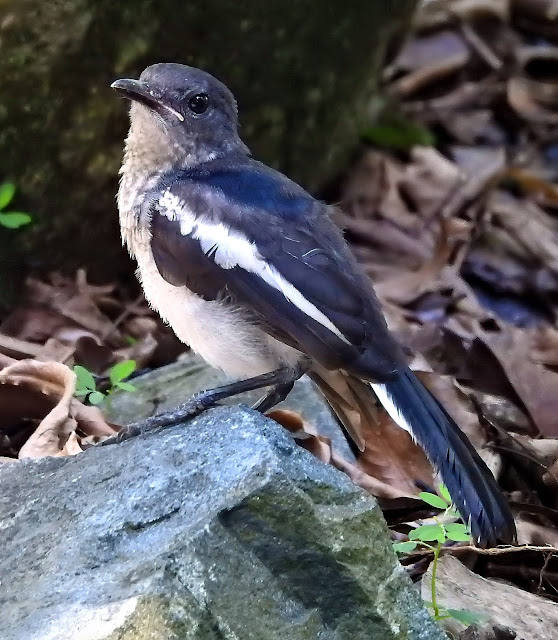Trithemis kirbyi, also known as the Kirby's dropwing, orange-winged dropwing, or scarlet rock glider is a species of dragonfly in the family Libellulidae.
It is found in Algeria, Angola, Benin, Botswana, Burkina Faso, Chad, Comoros, the Democratic Republic of the Congo, Ivory Coast, Egypt, Ethiopia, Gambia, Ghana, Guinea, Kenya, Liberia, Madagascar, Malawi, Morocco, Mozambique, Namibia, Nigeria, Senegal, Somalia, South Africa, Sudan, Tanzania, Togo, Uganda, Western Sahara, Zambia, Zimbabwe, and possibly Burundi. It is also present in southern Europe, the Arabian Peninsula, the Indian Ocean Islands and South Asia to India.
Since 2003 this African tropical dragonfly has been colonizing Europe helped by a widespread increase in temperatures. It is now breeding successfully in Spain, Portugal and France.
%202.jpg)
%201.jpg)




%201.jpg)
%203.jpg)
%201.jpg)
%202.jpg)
%203.jpg)
%201.jpg)


%20(Alcedo%20meninting).jpg)

%20(COURTESY%20OF%20MRS%20VALERIE%20FISHER)%202.jpg)


%201.jpg)

%20COURTESY%20OF%20MRS%20VALERIE%20FISHER%201.jpg)








%201.jpg)


%201.jpg)







%201.jpg)
%202.jpg)
%203.jpg)

